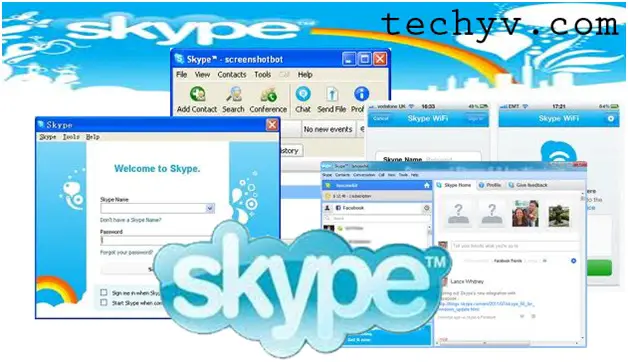What Makes Android so popular?
Android is becoming increasingly popular among the operator community with some 55+ operators worldwide have already launching devices over their networks. More than 70,000 applications were flowing over Android’s Marketplace store by first half of 2010, up from just 5,000 at the same time last year, and have generated over 1 billion downloads worldwide since the Marketplace’s launch. The factor that resulted in increasing of Android OS were discussed below:
Open Handset Alliance
Google was a core driver behind the creation of the Open Handset Alliance (OHA), which was formed in November 2007. Today it has 77 members from across the mobile industry value chain: 12 mobile network operators; 20 device manufacturers; 20 semiconductor companies; 15 software solutions; and 10 software commercialization companies. Android, the OHA’s platform, has helped Google attract widespread interest from a number of leading companies in the mobile industry. The popularity of Android opens a potential opportunity for Google to create a large market for its mobile advertising and mobile search activities. It is also likely that there will be future synergies with Google’s activities in social networking and in the enterprise market.
Deep software to hardware integration
In the early stage of Android’s deployment, a number of productization companies and small ODMs failed to deeply integrate the operating system (OS) with the device hardware in a way that would offer a
premium user experience. However, a number of chipset manufacturers, like Broadcom and particularly Qualcomm are now deeply integrating the OS to their chip sets. This has now led to the creation of a new generation of devices that offer a superior user experience, a high performance and low power consumption without compromising the cost of the device.
Time-to-market and customization
Time-to-market is another of Android’s advantages. A number of software solution vendors and integrators are helping device suppliers to add Android to their reference designs. this aims of enhance the performance of Android applications while also speeding up the time-to-market for next-generation Android devices. Examples of companies working in this environment include VirtualLogix, Myriad, WindRiver, Tieto, Teleca and ENEA.
Support for Web technologies
Android is a Web-oriented software and so has the ability to support a number of contextual applications that mash up Web content with device functionality. It is one of the first OSs to support some HTML5 functionalities, which makes this platform very attractive for business users and consumers.
Applications development
Android is fully open to developers so that they can access device APIs and create innovative applications around the platform as well as fully use the hardware resources and features the device offers. Each time a version of Android is launched, a comprehensive SDK is released enabling developers to take full advantage of the new features and capabilities available over this version.
















